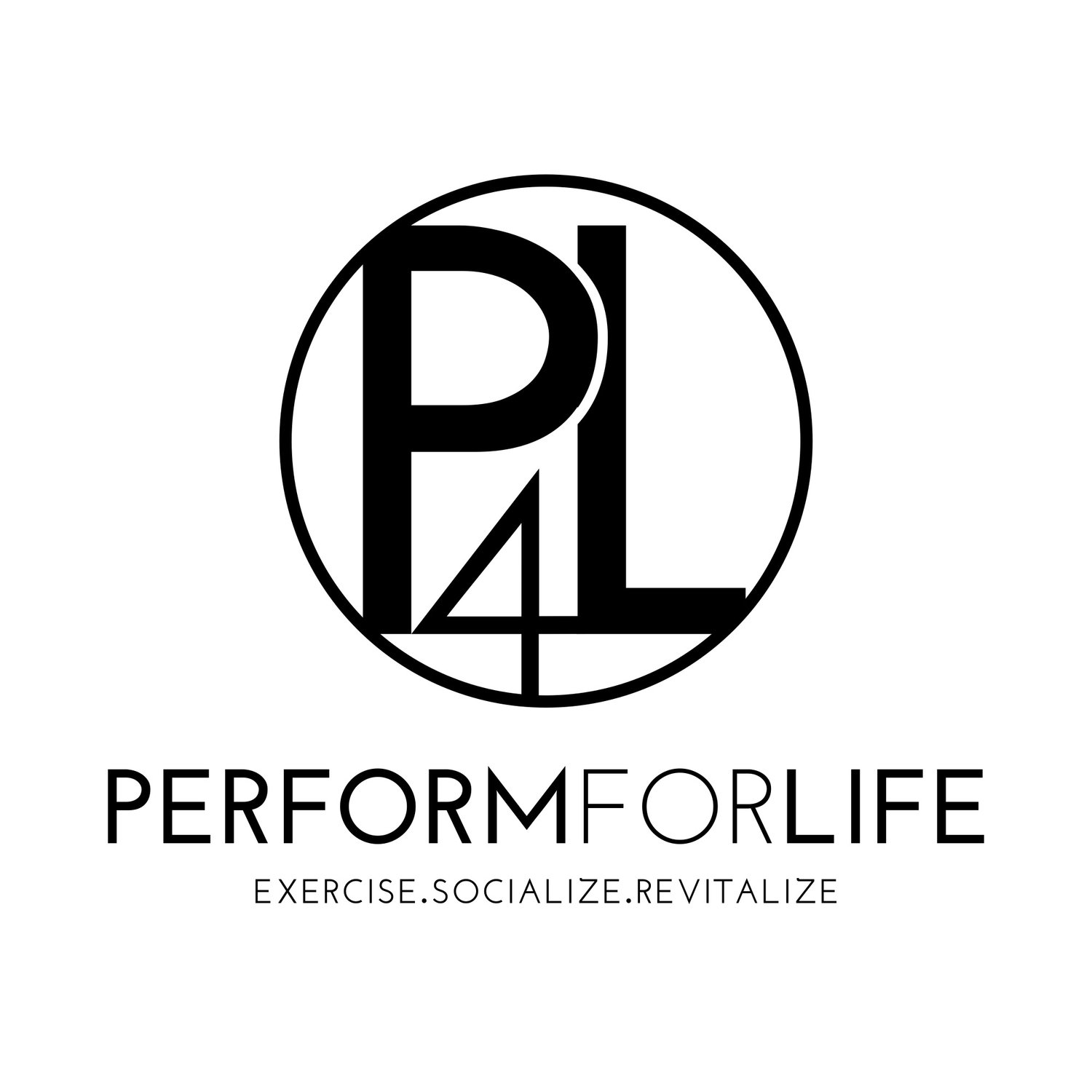Fat Loss Fallacies: Spot Reduction
Every time I give a presentation to folks outside the industry, I’m reminded of how much misinformation is out there. Sometimes I think that the general public has moved beyond certain ideas, but I think that working in the industry for many years has created a sort of bubble that makes me forget how pervasive some of these fallacies are. I am going to debunk one of these obnoxiously persistent myths today - specifically with respect to fat loss.
One of the longest-lasting false ideas in the world of fat loss is the notion of spot reduction. Spot reduction, simply put, is the idea that you can target a particular area of your body for fat loss. Sometimes this is referred to as “toning”, and it's really hard to convince people that this doesn't exist to any meaningful degree. In fact, I've had numerous instances over the years where I try to explain this to clients and they truly can't seem to internalize the idea. The incredible number of infomercials selling workout tapes and equipment to target the abs is a testament to this. I’m not suggesting you shouldn't work your midsection. However, if you think doing a bunch of ab work is the best way to have a chiseled six pack, then you’re going to be sorely disappointed.
First of all, why do people think that working a muscle group will burn fat stored on top of it? This is partly because of what I alluded to earlier: the notion is convenient for the sale of certain products. It allows companies to market quick and easy - and too good to be true - solutions for your flabby midsection or arms. Thus, certain marketing tactics promote this idea. On top of that, it seems intuitive to people - that burning sensation you get can easily be associated with fat burning, which are pretty much completely unrelated. High-repetition sets of exercise cause muscle pH to drop(acidity to increase) because of certain chemical reactions in the energy system used to power the movement. In fact, carbohydrates are the primary energy substrate used to power this kind of activity.
The only thing you can do that has a similar effect to spot reduction is to increase the size of the muscle in question. By doing this, the amount of muscle increases relative to the amount of fat sitting on top of it, thus potentially making it more visible. However, you need to add quite a bit of muscle for this to happen, and once your body fat reaches a certain level it becomes nearly impossible to add enough muscle to make the relative change enough to be visible. As an example, although sumo wrestlers do look somewhat muscular, you may be surprised to hear that they are some of the most muscular individuals on the planet (yup, they even beat bodybuilders in many cases). However, the fat on top obscures the visibility of the muscle underneath.
So how do you actually get rid of fat in a given area? Well, you’ve simply got to lose it everywhere. The free fatty acids released from fat cells enter the bloodstream where they can be used by any other tissue in the body that needs it for energy production. Unfortunately, we don't get to decide what fat cells are most sensitive to giving up their stored energy. A full explanation of how this works is a beyond the scope of this article (and to be honest, is still in the realm of theory to my knowledge). Suffice to say, not all fat cells respond to the demand to release their stored energy with equal urgency; some fat cells are more “greedy.”
Ultimately, this comes down to creating a calorie deficit, as you may have heard before. If you lose enough fat, the area that you want to tone will eventually become more visible. However, results do vary. I can't guarantee that you will have a visible six pack at 10% body fat. One person might have ab visibility at 13%,while another person might need to get to 6%. Additionally, making sure that your body chooses to burn fat rather than lean tissue is also important. This is why resistance training is so important: it signals to your body that your muscle needs to be preserved when losing weight.
Let's recap. If you want to “tone” a certain muscle, you do in fact want to work that muscle. However, you want to try to make the muscle grow. Muscles grow and shrink - they don't tone. Assuming that the muscle lacks visibility because of body fat on top, you should also strive to reduce your body fat through sensible eating and exercise (I bet you've heard that before). If you're pretty muscular already and just have a lot of fat on top, then emphasize dropping body fat. If your body fat is low but your muscle mass is also low, then focus on building muscle. Most people should probably be doing some combination of the two.
Hopefully you can use this information to your advantage, and it should reinforce what we preach here: there are no quick fixes. You need to find a lifestyle that allows you to eat healthy and be more active to achieve your goals. We don't need misinformation getting in the way. We'll keep doing our best to make that path clear!

